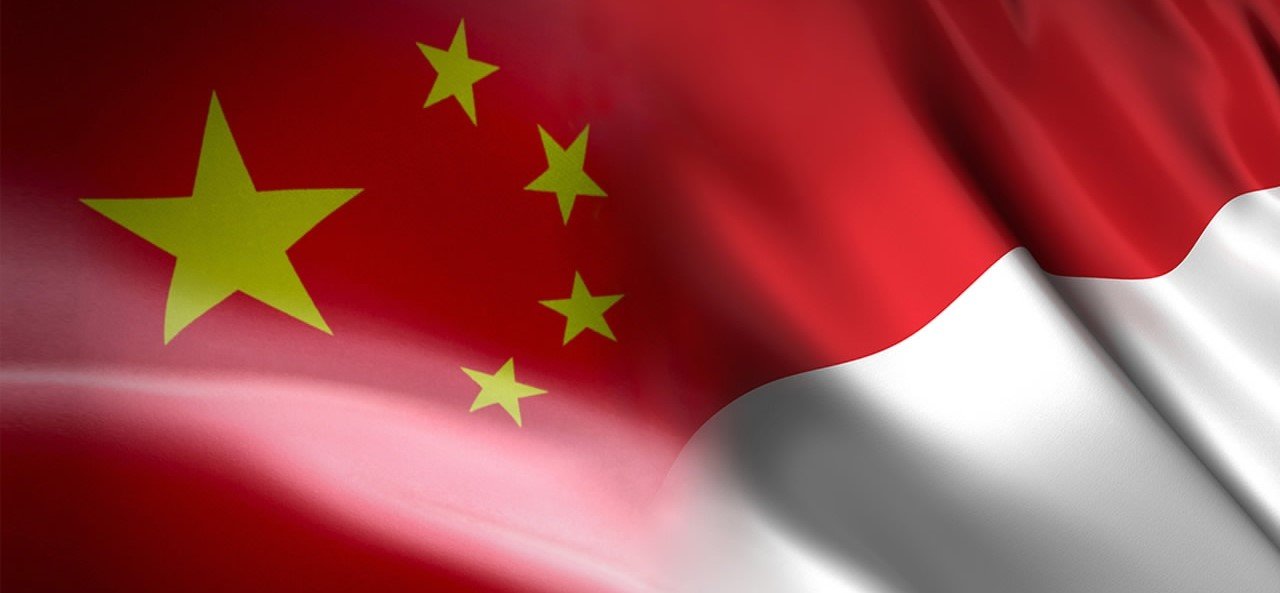

Nov
The #1 country worldwide in terms of population (China) and the #4 nation by the same metric (Indonesia) do indeed have roughly 1.7 billion reasons (their combined population) to engage in economic cooperation and identify common geopolitical denominators.
And historically speaking, common denominators abound.
The “first meaningful contact” moment between the two entities dates back all the way to roughly 200 BC according to more aggressive sources in terms of dating or roughly 200 AD according to other sources. On the other hand, actual relations between Indonesia and imperial China were most likely set in motion around the 7th century AD.
For the most part (leaving examples such as the failed 13th century expedition of the Yuan Dynasty aside), their shared history was peaceful. In fact, Indonesia was included in the maritime Silk Road equation and there is compelling evidence which indicates that trade between the two nations was rather prosperous. For example, the fact that the most impressive collection of Chinese ceramics found abroad is located in Indonesia.
Fast-forward to more recent historical events, political relationships between Indonesia and the Republic of China (and then People’s Republic of China) were established in 1950 (after the 1945 independence and 1949 Dutch sovereignty acknowledgement). Indonesia is actually the first Southeast Asian country which established diplomatic relations with the People’s Republic of China, although these relations were fairly short-lived.
After a failed communist coup d’état in 1965 and the ascension of Suharto to power back in 1967, diplomatic relationships with communist nations considered responsible for the coup were canceled, including… of course, the People’s Republic of China. As of 1990, however, diplomatic relations were re-instated and have become quite robust since, despite occasional tensions such as those surrounding the Xinjiang re-education facilities of China.
At this point in time, Indonesia has a GDP almost 14 times lower than that of China despite its population being only roughly 5.4 times lower. To be more precise, this leads to a GDP per capita of Indonesia which is more than two times lower than that of China. Still, both countries are becoming more and more important players on the global scene, despite the comparatively slower growth that has taken place in Indonesia.
This slower growth pattern is also reflected by the most important industries of Indonesia, with the country still being overly dependent on exports of resources such as petroleum, coal and palm oil. Even Indonesian industries geared toward production are not looking stellar in terms of their potential of putting high value-added products on the table, with the fact that the dominant industry in this respect is the textile one speaking for itself.
Still, this discrepancy hasn’t stopped trade volumes from jumping, especially since a Free Trade Area between China and the Association of Southeast Asian Nations (ASEAN) has been established back in 2010 (after an agreement had been reached and signed approximately 8 years earlier), commonly referred to as ACFTA.
In terms of volume, the progress has been tremendous, from less than $4 billion in 2003 to roughly 20 times more in the present, with China representing Indonesia’s #1 trading partner as well as #1 destination for exports. In terms of highly-desirable Foreign Direct Investments, China occupies position #3. Once again, infrastructure and “tangible” investments seem to be the top preference of China, with projects such as the high-speed railroad of Jakarta-Bandung (with billions allocated toward just this project) being relevant in this respect.
All in all, it becomes abundantly clear that Indonesia represents an important piece of the ASEAN equation as far as China is concerned, with the ASEAN as a whole representing the number 4 trading partner of China (right behind the EU, Japan and the US). In terms of ASEAN members, Indonesia can be considered the #4 trading partner of China. In terms of South China Sea disputes, Indonesia is technically a non-claimant in the equation, but this doesn’t stop occasional territorial concerns from arising. Still, this aspect is less problematic when it comes to the China – Indonesia relationship than when it comes to the relationships between China and other nations.
To sum it all up: to meaningfully “get” China from a geopolitical perspective, wrapping your head around its relationships with ASEAN members is a must and to meaningfully “get” China’s relationship with ASEAN members, putting Indonesia under the proverbial macroeconomic microscope (sic) is a must. Simple enough?
